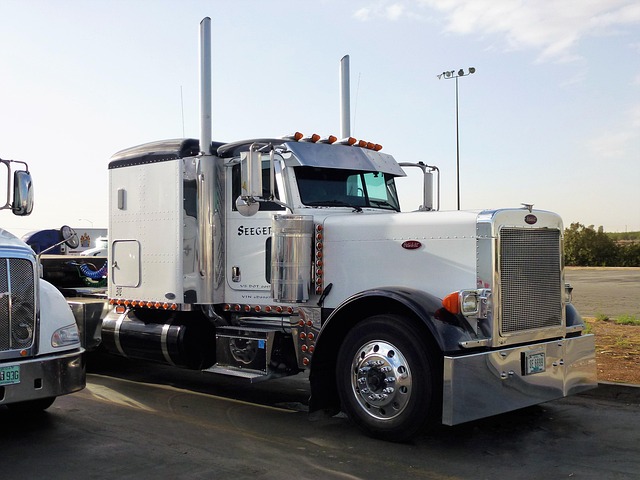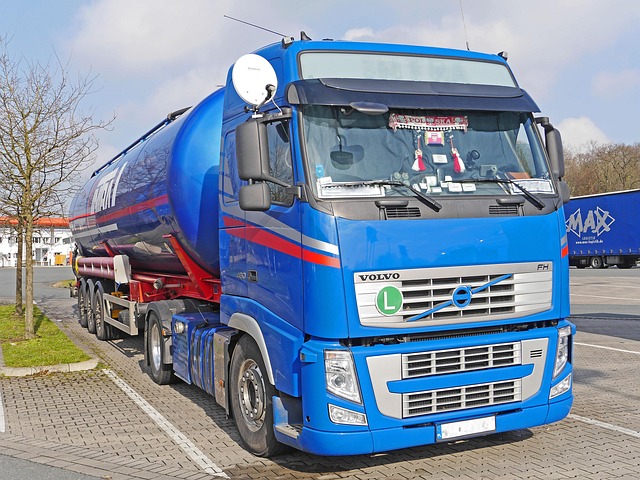Looking to register your car in California? This comprehensive guide walks you through the process, from understanding eligibility requirements to verifying your vehicle’s VIN for compliance with state standards. Gather essential documents, visit a DMV office or use the online system, and follow our step-by-step guide for a smooth registration experience. Discover how a simple dmv vin verifier can ensure your car meets California’s standards.
- Understand Eligibility Requirements for Car Registration in California
- Gather Necessary Documents for Registering Your Vehicle
- Visit a California DMV Office or Use the Online System
- Complete the Registration Process: Step-by-Step Guide
- Verify Your Vehicle's VIN and Ensure Compliance with California Standards
Understand Eligibility Requirements for Car Registration in California

Before you start the registration process, it’s crucial to understand if your vehicle meets California’s eligibility requirements. To register a car in California, your vehicle must be legally imported and comply with state emissions standards. Additionally, the car’s unique identifier, known as the Vehicle Identification Number (VIN), needs to pass a verification process through a trusted source like the DMV or a mobile VIN verifier. This ensures that the vehicle is genuine and not reported as stolen.
One effective method for verifying a VIN is by using a mobile VIN verifier, which allows you to conduct an inspection conveniently. These tools cross-reference the provided VIN with official databases, offering peace of mind and facilitating the registration procedure at your local California DMV office.
Gather Necessary Documents for Registering Your Vehicle

Before you begin the registration process, it’s crucial to gather all the necessary documents for registering your vehicle in California. This includes your vehicle’s Registration Application (Form DVF 14), which you can obtain from the Department of Motor Vehicles (DMV) or online. Additionally, you’ll need proof of insurance, a valid driver’s license, and the Vehicle Identification Number (VIN) verifier from the DMV.
The VIN, a unique code that identifies your vehicle, is essential for registration. You can obtain a mobile vin inspection or use a vin verifier provided by the DMV to ensure the accuracy of this number. Other required documents may include proof of ownership, such as a title or bill of sale, and any fees associated with registration. Double-checking these requirements before visiting the DMV will streamline the registration process for your vehicle in California.
Visit a California DMV Office or Use the Online System

There are two primary methods to register your car in California: visiting a local DMV office or utilizing the online system. The Department of Motor Vehicles (DMV) offers both options, ensuring convenience and accessibility for all residents. If you prefer face-to-face interaction, schedule an appointment at your nearest DMV branch. Bring along essential documents like proof of ownership, identification, and any necessary forms. A staff member will guide you through the process and conduct a Vehicle Identification Number (VIN) inspection to verify the vehicle’s authenticity.
Alternatively, California’s DMV provides an efficient online registration system. This digital approach allows you to complete the registration from the comfort of your home or on-the-go using your mobile device. Simply access the official DMV website, create an account, and follow the step-by-step instructions. As part of the process, a VIN verifier will be used to cross-check and confirm your vehicle’s details, ensuring a smooth and secure registration experience. Whether online or in-person, both methods make car registration straightforward and manageable for California residents.
Complete the Registration Process: Step-by-Step Guide

After gathering all the necessary documents and passing your vehicle inspection, it’s time to complete the registration process with the DMV. Here’s a step-by-step guide to ensure a smooth experience.
1. Visit a California DMV office or use their online services if available in your area. You’ll need to present your proof of identification, vehicle documents (including the title and bill of sale), and proof of insurance. If you’ve recently purchased a car through a dealer, they typically handle these forms for you.
2. Next, perform a DMV VIN verifier check to ensure there are no issues with your vehicle’s unique identifier. This step is crucial as it verifies the vehicle’s history and ensures it hasn’t been reported stolen or has outstanding recalls. For added convenience, consider using a mobile VIN inspection or mobile VIN verification service, allowing you to complete this process before even visiting the DMV. Once verified, you can proceed with filling out the registration forms and paying the associated fees.
Verify Your Vehicle's VIN and Ensure Compliance with California Standards

Before registering your car in California, it’s crucial to verify your vehicle’s Vehicle Identification Number (VIN) and ensure it meets state standards. You can use a DMV VIN verifier or a mobile vin inspection tool to confirm the VIN’s validity and check for any outstanding issues. This step is essential as California has specific requirements for vehicle safety and emissions, which must be met before registration.
A mobile vin verifier can help you quickly assess your car’s compliance by providing real-time data on its history, including any accident reports, odometer readings, and recall notices. By ensuring your vehicle passes these checks, you’ll streamline the registration process at the DMV, saving time and effort.
Registering a car in California involves understanding eligibility requirements, gathering essential documents, and completing a straightforward process. Whether you visit a DMV office or use the online system, ensure your vehicle’s VIN is verified and complies with state standards using a trusted dmv vin verifier. By following these steps, you’ll efficiently navigate the registration process and hit the roads legally in no time.



